DIANA prototype: greater autonomy, enhanced safety
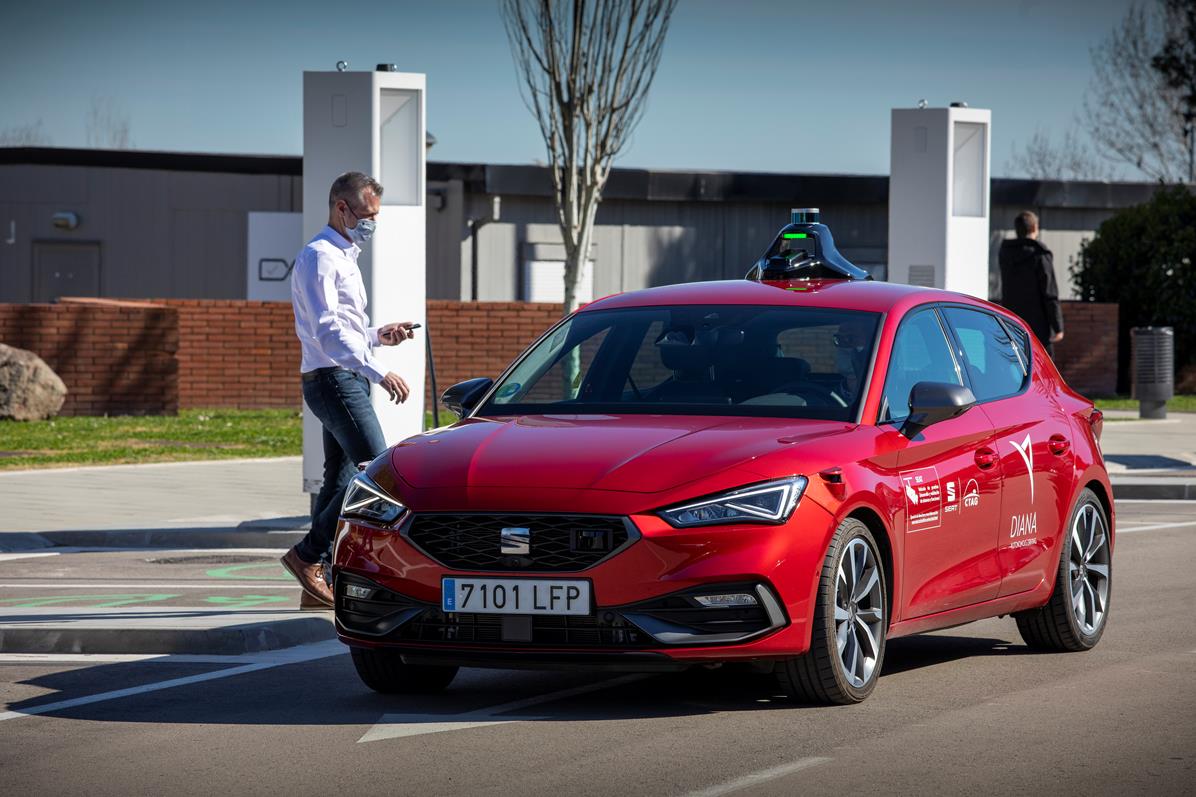
- DIANA is a pilot project that explores the possibilities offered by autonomous cars for intelligent urban mobility
- In the future, increased vehicle autonomy will help reduce accidents and traffic jams
- Through an app, DIANA can pick up passengers at a specific location, drive them to their destination or search for parking spaces, all independently
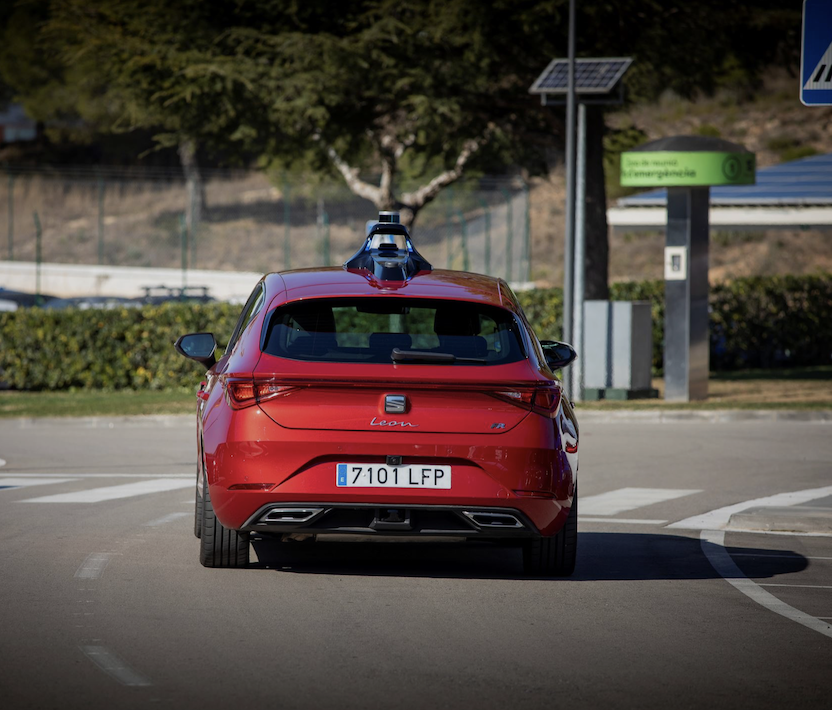

Martorell,07/12/2021. In Roman mythology, Diana was the goddess of the hunt, patroness of nature and the Moon. Always depicted with her bow and arrows, this protector watched over the forests and all life that was born in them. Today, her arrows point the way to the mobility of the future. Her name has been given to a pilot project for an autonomous car pioneered by SEAT S.A. engineers in collaboration with the Automotive Technology Centre of Galicia (Centro Tecnolóxico de Automoción de Galicia, CTAG). The DIANA project is also part of the SEAT S.A. Innova platform, a space that promotes continuous innovation in all areas of the company, fostering new ways of working based on co-creation and the start-up model.
A laboratory on wheels. DIANA is an innovation project that was created to test autonomous driving functions in anticipation of Advanced Driving Assistance Systems (ADAS). The vehicle was made with a SEAT Leon and is equipped with 5 lidar sensors, 5 radars, 6 cameras, 12 ultrasounds and 8 computers that give it 360º vision. These elements “generate a large amount of situational data that are processed in milliseconds and sent to a location module” explains Oriol Mas, R&D engineer at SEAT S.A. And he adds: “This lets the car know where it’s positioned and what obstacles are in its surroundings. Then it’s able to decide where it has to go and autonomously performs actions on the steering wheel, brakes, throttle and gearshift.”
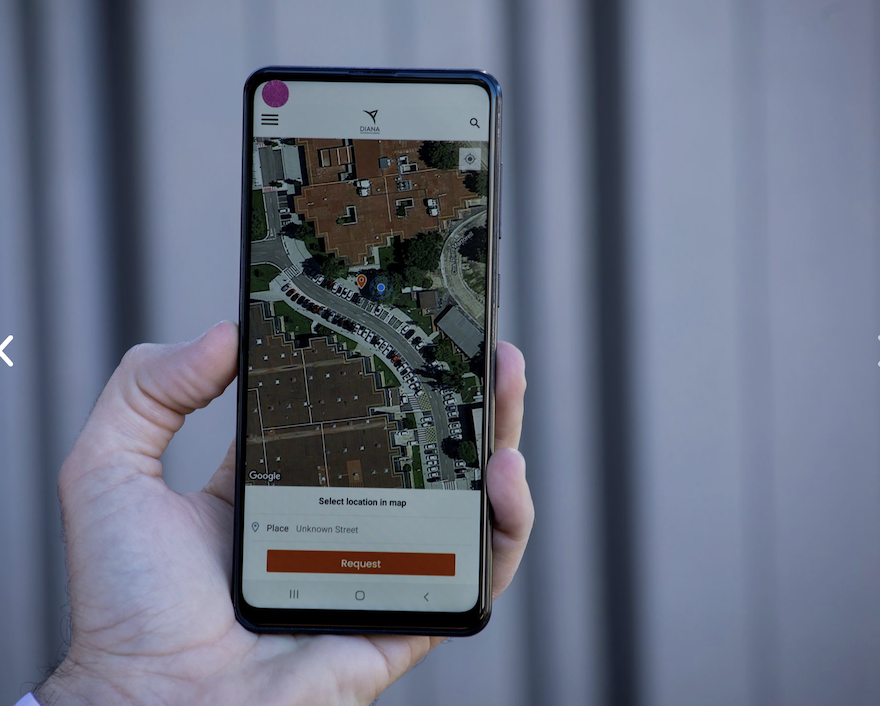

The car that drives you. In the DIANA prototype, the driver hands over control to the vehicle, which acts as a chauffeur. Even so, if necessary, the vehicle returns control to the driver who has to stay alert in case they need to take over the steering again. DIANA has three functions: Autonomous Chauffeur, when the system takes control in low-speed traffic situations to perform start and stop manoeuvres; Automated Valet Parking, a driverless parking service; and Summoning, which uses an app to pick up the owner from their location and drive them to a targeted destination. The car has been tested both at the SEAT S.A. facilities in Martorell and more recently on a closed controlled urban circuit.
A smooth journey. From the app, the driver can summon the car, and it starts automatically and moves into the appropriate lane. “Thanks to the centimetre-accurate HD map location system, the car knows at all times that it’s in the right lane” says Oriol. When the car stops to pick up the user, the doors unlock by themselves and the indicators signal that the vehicle is stationary. “Once the user has entered and closed the door, it locks again, the car signals the start and drives off” he explains. In the event of an obstacle in the road, such as a pedestrian, the car is able to detect it quickly and brake on its own. Once the car leaves the user at the chosen destination, it searches for a free space and parks automatically.
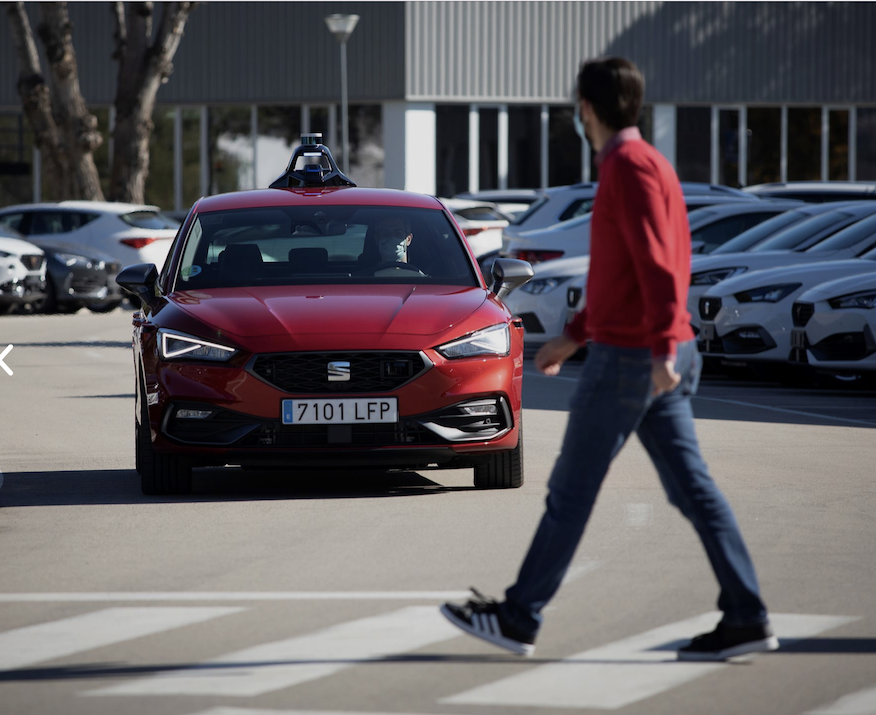

The challenges of disruption. The team faced many challenges during the development of such a technologically demanding pilot prroject: “COVID-19, traffic permits, integration of sensors, vehicle control systems, validation of algorithms… it was quite a challenge and we still have lots of work to do, but we’re on the right track” explains Rubén Pérez, an R&D engineer at SEAT S.A. The development of the autonomous car has been completely transversal.
Driving into the future. DIANA has achieved level 3 autonomy on the Advanced Driving Assistance Systems (ADAS) scale, which goes from 0 to 5. “It’s important to continue developing and testing this technology to ensure that the system is 100% safe” says Oriol. As the levels of autonomy increase, they help reduce accidents and can help decrease traffic jams. “In the future, a vehicle with greater autonomy will be able to offer and encourage new intelligent mobility services and eliminate congestion in large cities and areas of complicated mobility” concludes the engineer.
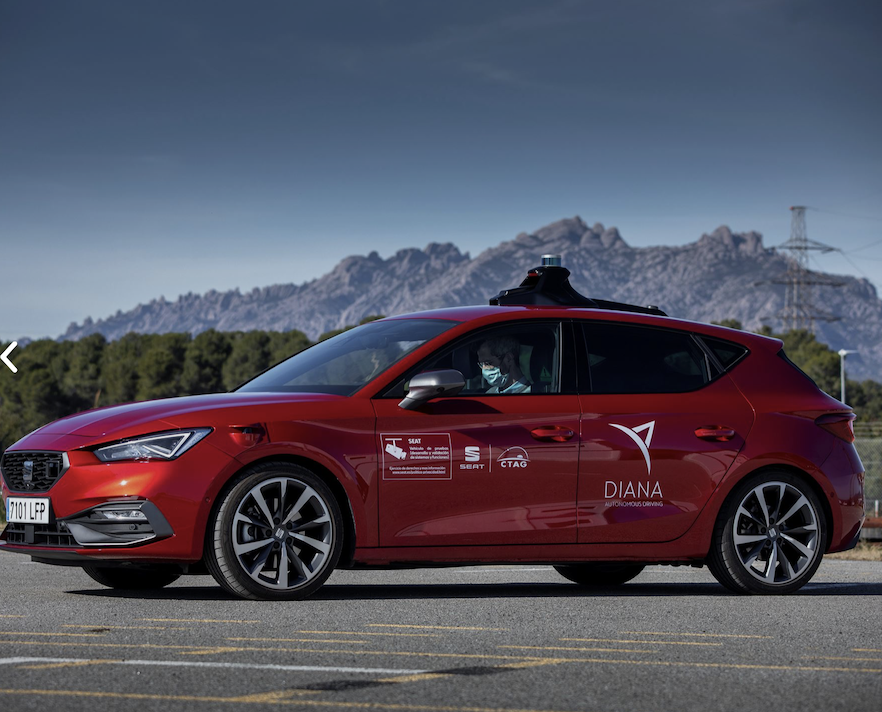

6 levels of driving automation
Advanced Driving Assistance Systems (ADAS) are classified into six categories according to the vehicle’s level of autonomy:
– 0: No automation, the driver controls all vehicle functions.
– 1: The car has some assistance features, such as power steering or cruise control, but it is up to the driver to decide whether or not to use them.
– 2: The driver remains in control of driving, but the system can regulate steering and speed under the driver’s supervision.
– 3: The system controls all dynamic aspects of driving (steering, speed and environment) independently, without the driver having to intervene. However, the driver must be prepared to act in case of danger. DIANA is currently at this stage.
– 4: The vehicle is able to perform the functions autonomously in all circumstances, so the driver can focus on secondary tasks without worrying about the car giving back control.
– 5: Full automation, the driver becomes an occupant in the vehicle and the system requires no human intervention in all situations and circumstances.





